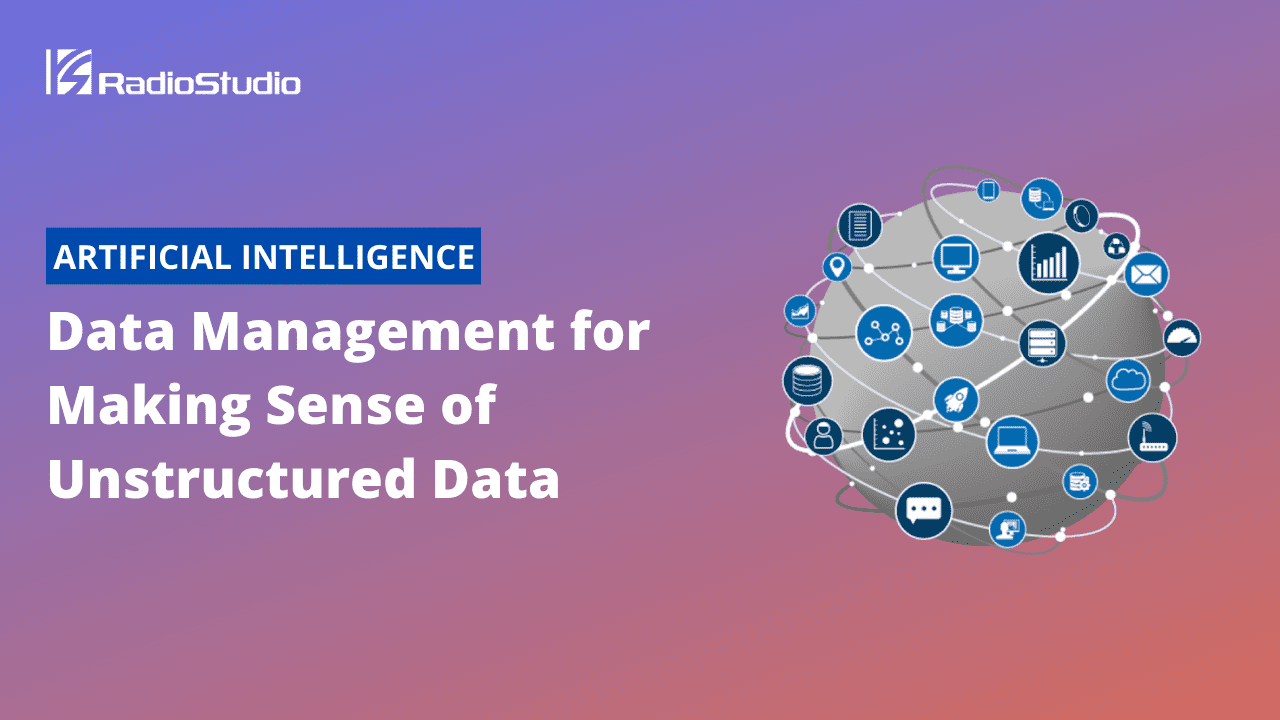As we stand today, unstructured data now accounts for up to 90% of all digital data. It’s clear that the problem with unstructured data management is the absence of tools and technologies capable of extracting value from its vast and disorganized digital source.
This post was originally published in Dataloop.
It is no wonder, then, that companies shy away from extracting nuggets of information from the mass volumes of data available to them. The key is combining the best of human intelligence and cutting-edge technology in order to help enterprises clear their biggest data-related hurdles. Finding a way to harness this data to build cohesive, unified datasets is imperative in order for enterprises to gain a more accurate understanding of all the business information at their disposal.
The challenge companies need to overcome is learning how to optimize data usage by automating, visualizing, and combining it with structured data.
The Role Data Management Plays In Annotating Data
Data management helps visualize data, giving you the ability to make sense of the gaps, allowing you to make generalizations. If you’re annotating data, but you aren’t utilizing the right data management tool, then you’re essentially losing the ability to use this added information to provide structure to your unstructured data. It also allows you to understand the reason for the improved or worsened result of your AI model. Metadata is the key in this puzzle that helps you differentiate the context of the data.

With unstructured data, the goal is to basically understand what details you’re looking at. Metadata allows you to filter based on specific information that you’re looking for. It presents the context in which the data was collected and therefore has a significant role in both current and future data management.
Common uses for metadata:
- Location
- Database keys such as customer ID or sensor ID
- Sensor parameters like camera position or field of view
- Correlate the phases between items as they go through labeling/pipeline flows (e.g. first detect an item and then classify the detected object, making it easier to reference the given item in any given dataset or flow)
- Properties collected from user inputs
While metadata is not part of the training, it’s an important part of the data management and we should be ensuring our labeled data is sampled from all metadata properties.
Turning Unstructured Data into Structured Data
Adding an annotation gives you more than just the general information on the file – you also get the content of the file. With this information, you’re able to understand the context of your data, beyond the surface. It gives structure to the visual information and also allows you to filter and manage your data based on the content, instead of just the general information. This process allows you to know what your model learns. Based on that and the inferences you run, adjustments can be made in order to produce better future predictions. Without this process, you’re guaranteed to encounter difficulties with edge cases. This process allows your model to learn and understand what is contained in these images or videos, and then make inferences as well as adjustments in order to produce better future predictions. Without this process, you’re guaranteed to encounter difficulties.
For instance, you may have created your first detection model which became quite good at detecting yellow cars, but when you want to add more objects to your model (e.g. yellow taxis), your ontology size will need to be improved to expand the extent of your model’s detection. The ontology of a dataset is the building block of your model and will define the classes your trained model knows how to handle. It is a label map in its basic form that comes with more powerful capabilities. It is a part of the recipe containing the labels and attributes. Labels (classes) are the words in the language you use to train your model. These are all necessary and need to work together in order to give you full visibility. Otherwise, your model won’t be trained for an edge case such as recognizing taxis, but only know that this is a yellow car.

Ontology mapping is critical in order to capture the critical objects inside the data. Metadata will make sure you know about variances that are hidden inside and not captured by the human mind and can impact your model results in different ways such as camera type, acceleration or deceleration, camera angles, or any other specific triggers that shape your model’s accuracy.
Modern Data Management for Unstructured Data
In order for businesses to scale their data insights and move with the current pace, a data management solution needs to provide organizations with the opportunity to escalate their data insights at a faster pace as well as ensure deeper insights into specific use cases.
This is where Dataloop’s data management solution provides a single and secure visualization layer for all of your unstructured data allowing you to better understand it. The entire data organization, including your data scientists, data engineers, and data operators can search, filter, sort, clone, merge, and query the datasets at ease and at speed. Dataloop’s host of tools and apps are designed for more scalable and accurate data preparation workflows. We offer robust and resilient tools that streamline the entire data preparation from flow to end.


